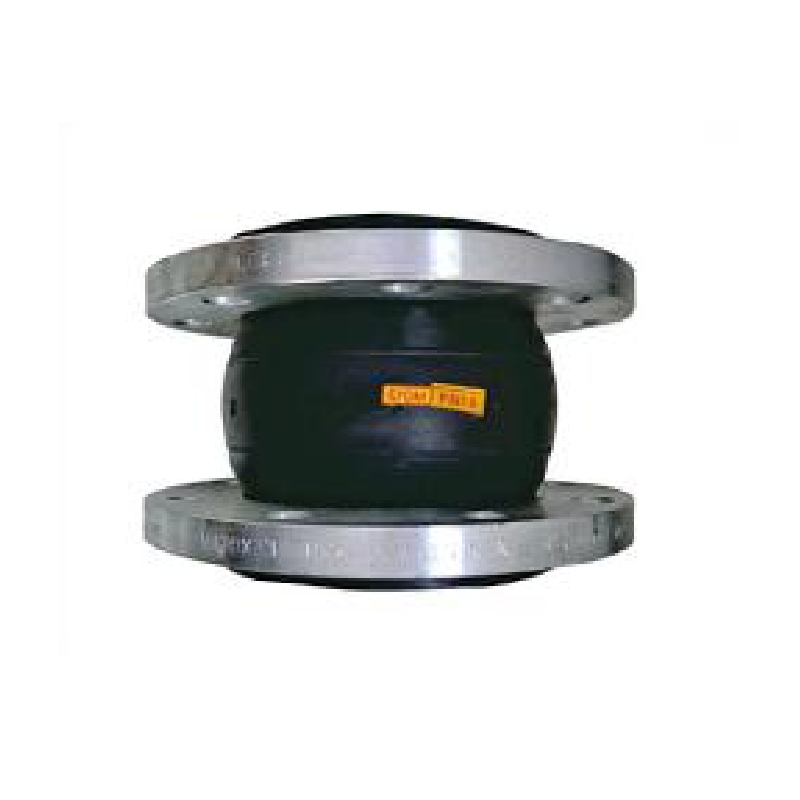Nov . 11, 2024 20:19 Back to list
butterfly valve with actuator
Understanding Butterfly Valves with Actuators
Butterfly valves are essential components in various industrial processes, serving as effective mechanisms for regulating flow within pipelines. These valves are characterized by their unique design, which features a rotating disc that opens or closes the flow path. When integrated with actuators, butterfly valves become even more versatile and efficient, enhancing control over fluid movement in various applications.
What is a Butterfly Valve?
A butterfly valve consists of a circular disc that pivots around a diameter within the valve body. When the valve is closed, the disc blocks the flow, and when opened, the disc is rotated 90 degrees to allow fluid to pass through. This design provides a compact solution for flow control, making butterfly valves popular in water treatment, HVAC systems, and chemical processing.
Butterfly valves come in different types, including resilient-seated, metal-seated, and high-performance variants, each having unique properties that cater to specific applications. The resilient-seated butterfly valve is commonly used for water and wastewater systems, while metal-seated valves are often employed in high-temperature and high-pressure environments.
Actuators Enhancing Control and Automation
An actuator is a device that converts energy into motion, enabling control over mechanical systems. In the case of butterfly valves, actuators automate the opening and closing of the valve, providing several advantages over manual operation. The two primary types of actuators used with butterfly valves are electric and pneumatic actuators.
Electric actuators use electrical power to operate the valve. They are favored for their precision, ease of control, and ability to function well in various environments. These actuators are generally quieter than their pneumatic counterparts and allow for remote operation, making them ideal for applications that require automation and integration with control systems.
Pneumatic actuators, on the other hand, utilize compressed air to create motion. They offer rapid operation and are particularly useful in applications where quick valve response is necessary. Pneumatic actuators can be a better choice for processes with fluctuating conditions, providing fast actuation to maintain flow consistency.
butterfly valve with actuator

Benefits of Using Butterfly Valves with Actuators
1. Efficiency The combination of butterfly valves and actuators allows for precise control over fluid flow, leading to increased operational efficiency. Both types of actuators enable quick responses to changes in system conditions, providing better flow regulation and minimizing energy losses.
2. Space-Saving Design Butterfly valves are inherently compact and lightweight, making them easier to install in tight spaces. When paired with actuators, they maintain a minimal footprint while providing significant control capabilities.
3. Versatility This valve-actuator combination can handle a wide range of fluids, including liquids, gases, and slurries. Different materials and designs can be selected based on specific application requirements, making butterfly valves with actuators suitable for various industries, including water treatment, food processing, oil and gas, and HVAC systems.
4. Lower Operational Costs Automation through actuators can significantly reduce labor costs and minimize the potential for human error, leading to improved safety and reliability. Furthermore, the efficient operation of butterfly valves can lead to lower energy costs in fluid transport and processing.
5. Enhanced Safety Automation ensures that butterfly valves can operate in hazardous environments without risking human safety. In processes that involve corrosive or high-temperature substances, actuators can allow for remote monitoring and operation, maintaining safe distances from potential hazards.
Conclusion
The integration of butterfly valves with actuators represents a significant advancement in fluid control technology. As industries continue to strive for efficiency, safety, and cost-effectiveness, the demand for automated solutions like these will undoubtedly increase. Understanding the dynamics of this combination is essential for engineers and technicians aiming to optimize their systems for better performance and reliability. The future holds exciting possibilities as technology continues to evolve, enhancing the functionalities of butterfly valves and their associated actuators.
Share